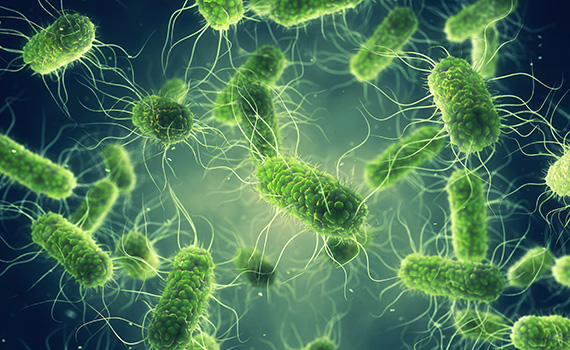Study shows modified-live vaccine can aid fight against Salmonella Infantis
New research shows that using a modified-live Salmonella Typhimurium (ST) vaccine helps protect broilers against Salmonella Infantis, the most commonly-isolated serotype in chicken parts and comminuted chicken over the last few years1, and one which can cause salmonellosis in people. However, vaccination alone is not enough to alleviate risk.
“The big driving force for us to do the study was to look at whether we would get good cross-protection with the vaccine against a group C serotype, Salmonella Infantis, that’s an emerging cause of human foodborne illness,” said Charles Hofacre, DVM, PhD, of Southern Poultry Research Group Inc. and one of the authors of the research.
Staged challenge study provides insight
The work, published in the Journal of Applied Poultry Research, began by establishing the optimum dose of S. Infantis to assess internal colonization of broilers at processing age. The researchers concluded that 108 was the ideal for use in this context, with 106 failing to colonize and 109 overwhelming birds.
Then, in a challenge study, three pen experiments were set up. The first two, using 64 birds each, compared the effects of different levels of direct challenge with an S. Infantis field strain on vaccinated and unvaccinated birds. The third explored horizontal — bird to bird — challenge using “seeder” birds inoculated with the pathogen and a total of 1,200 chicks to assess the impact of ST vaccination, which was done at day 1 and day 14 for all birds vaccinated.
At the end of the experiments, the researchers obtained liver and spleen samples, which were pooled, as well as cecas, while in the third part of the study, they also determined the presence of the pathogen on feathers using techniques similar to a carcass rinse.
Salmonella colonization of organs reduced
The researchers found that S. Infantis colonization was significantly reduced in both incidence and load in the liver and spleen of vaccinated compared to unvaccinated birds at processing, but no significant difference in the level of the pathogen was observed in ceca or on feathers upon rinse. Horizonal challenge resulted in lower colonization overall. Over the course of the work, the vaccine had no effect on bodyweight gain, feed intake or feed conversion.
“Internal organs are often the source for Salmonella in ground chicken products that could potentially be a food source of a foodborne outbreak,” Hofacre explained.
“The lower colonization we saw tells us that it’s working — [the vaccine] is keeping it from getting into the internal organs. If we use the live vaccine plus another intervention, we might get that significant reduction in the ceca.”
Multiple measures needed
There is no “silver bullet” for controlling Salmonella in broilers, he cautioned, and a “multi-hurdle” approach generally brings the best results. Additional measures on top of vaccination include the use of medium-chain fatty acids in birds’ drinking water or feed, as well as direct-fed microbials.
Each step can contribute to an improved picture for affected flocks, he stressed, while further research could explore which of these complementary approaches yields the best results.
“It would be really nice to be able to say, ‘okay, if I use, for example, this particular organic acid, or this botanical product, at this level, along with the vaccine, I get that significant reduction,’” he added.
1 Pulido-Landinez M. Salmonella Infantis biomapping in broiler chicken farms and processing plant: Identification and persistence of an emerging serotype in a broiler vertical integration. International Poultry Scientific Forum. 2018, 12.
Posted on August 24, 2022















